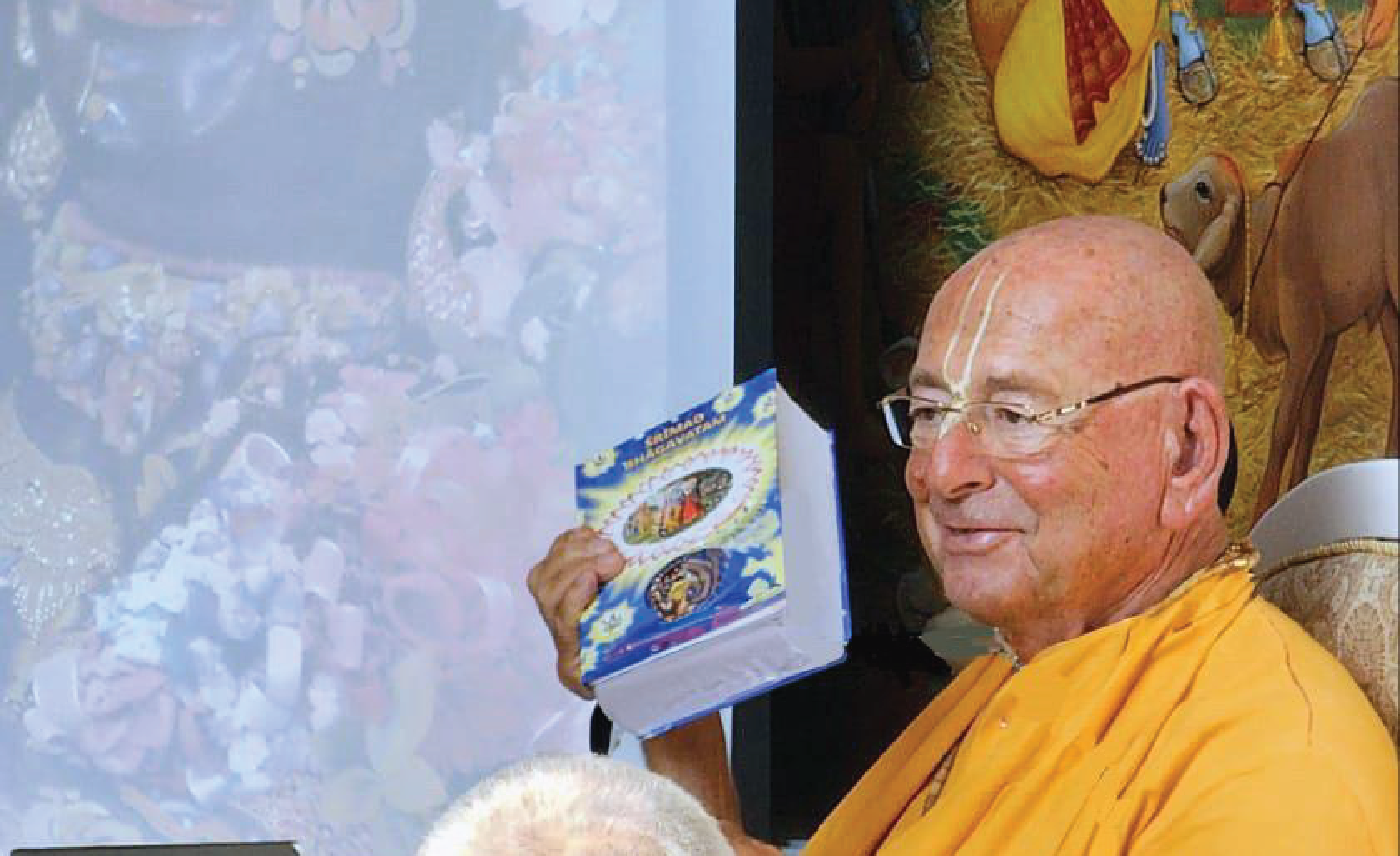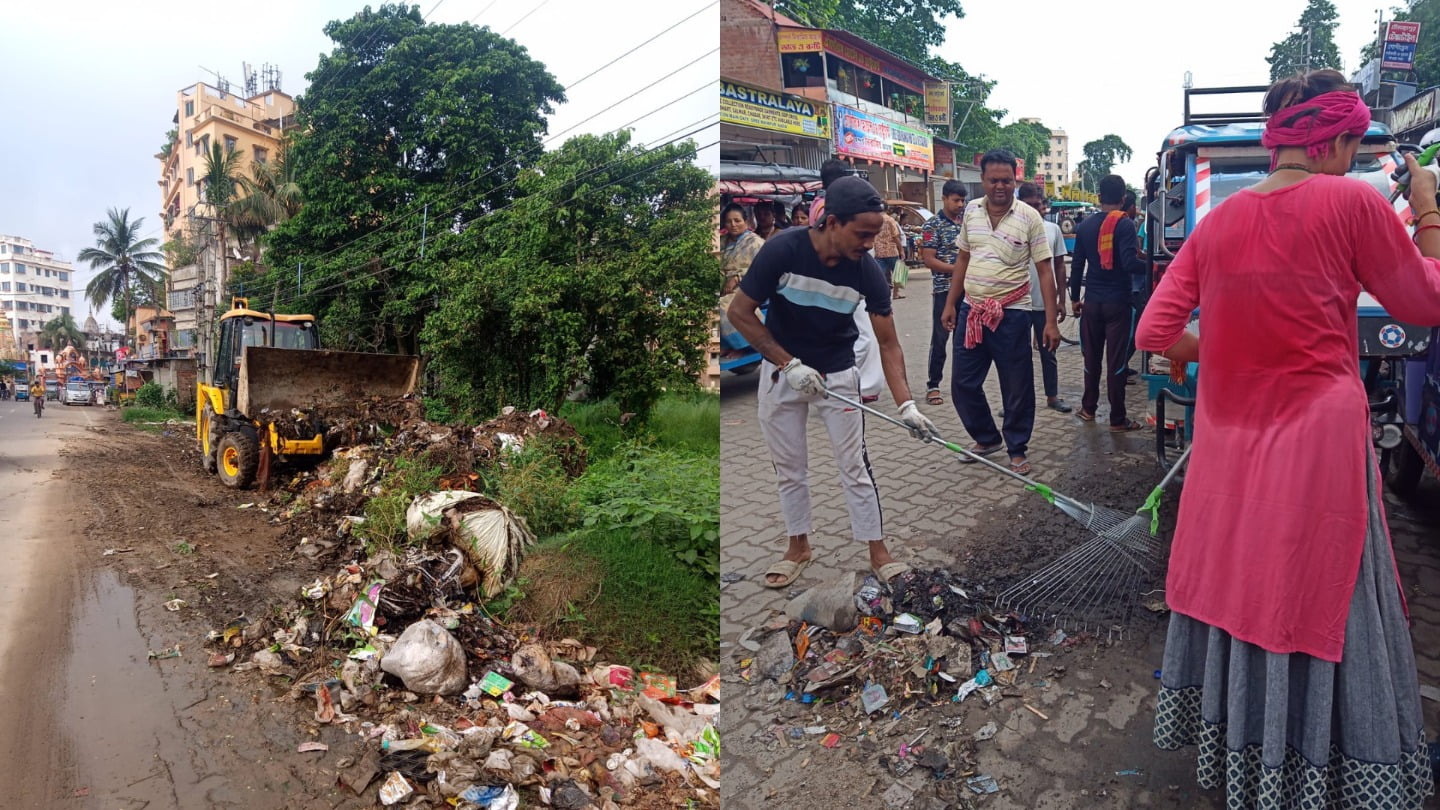Lives Tangled in Growing Net
By Sean Dodson | Jan 31, 2009

What if everything you owned – from appliances to books – was connected to the internet? Don’t laugh, it’s already happening, writes Sean Dodson.
Most people, if they bother to think about it at all, probably view the internet as an agent of profound change. In the 15 years since Tim Berners-Lee invented the world wide web, the life of almost everyone in the industrialised world has been touched by it. But just as many of us are coming to grips with its second stage, the mobile internet, very few are prepared – perhaps even aware – of the third and most revolutionary phase: the internet of things.
Sometime between now and 2010, the internet is poised to reach beyond virtual space and take root in the physical world. According to many futurist thinkers, almost every object you can see around you carries the possibility of being connected to the internet. This means that your domestic appliances, your clothes, your books and your car may one day be assigned a unique IP address, just as both computers and web pages are assigned them today, to enable them to talk to each other.
Recently, a coalition of big technology companies, Cisco, Ericsson and Sun Microsystems among them, formed the Ipso (IP for smart objects) Alliance with the aim of shaping a set of standards for the coming internet of things. “We could incorporate internet protocol (IP) into nearly everything,” enthuses Geoff Mulligan, chairman of the Ipso Alliance.
“There’s no reason why the internet shouldn’t be in every single appliance.”
And he should know. Mulligan is one of the original architects of Arpanet, the proto-network built by the Pentagon that led directly to the wider internet we all use today. He believes the connection of physical objects to the internet is the logical next step in its progression. “The whole thing about IP is that it can run on almost any type of physical media,” he explains.
The days of the internet as we know it are numbered because the present IP address space – version 4 (usually called IPv4) – is going to hit its limit, even as early as 2010. It will be replaced by IPv6, which has enough space for about 3.41038 addresses, or 5×1028 for each of the 6.8 billion of us on earth. In other words, every human on the planet could have a personal network the size of today’s internet.
One of the reasons the internet needs so much address space is to create enough room for the internet of things. Already in Japan, cows grazing in the fields of Hida Takayama have their own IPv6 addresses embedded on wireless RFID chips beneath their skin. Farmers can now track their livestock through the growth and distribution process.
In Britain, the first IPv6 applications are likely to be in the control and sensor networks of expensive industrial machines and then by business applications, probably in energy management. Mulligan cites the example of IP-enabled lights that can switch on and off as someone walks along a corridor, or rooms that are heated only when someone is present.
After that, the internet of things is likely to extend into the home, with a range of IP-enabled appliances: smoke detectors, fridges, microwaves, water boilers – almost anything that is at present connected to the power grid is expected to get an IP address sometime in the future. “Wouldn’t it be cool if your smoke detector goes off and it told all of your gas appliances to turn off?” Mulligan suggests.
The trouble is that this vision of the smart home has been a staple of futurologist forecasts for decades and yet failed to become part of daily life. But what’s different this time is the adoption of IP to standardise, and by extension popularise, a network of “intelligent” devices. Until recently the thinking has been that the adopters of such technology would be those keen to geekily control every aspect of their domesticity. But Tony Lucido, vice-president of marketing at Jennic, the Sheffield manufacturer of semiconductors and microchips says utility companies – not individuals – could well drive the early adoption of the internet of things.
“Energy management is becoming a hot topic,” he explains. “The first phase is just displaying the energy usage within the home. The next stage is remote energy management so that utility companies can find ways to do load-shedding, [which helps] smooth off the peaks you get in energy usages. They will offer consumer discounts if they are allowed to control a few appliances in the home and shut them down for a few minutes during peak energy usage.”
That electricity usage should be the first major domestic application for the internet of things is something of a poetic beginning. For it was the late Mark Weiser, the former chief scientist at Xerox Parc, who first articulated the idea that ordinary household appliances could become embedded with information technology. For Weiser, information technology was nothing more than a commodity, like electricity, that would become part of the fabric of everyday life.
“What a lot of people are doing these days is networking up their electricity meters in order to display their current energy consumption,” says Usman Haque, a London-based architect and designer who believes the internet of things is already here. Last year he launched a web service called pachube.com, which enables people to connect their devices and share real-time sensor data with each other.
“I compare it to YouTube but rather than sharing videos, you are sharing your sensor data,” he says.
Since then everything from iceberg weather stations to river height sensing equipment, to general building management systems have been connected to the network by a set of enthusiasts eager to experiment.
But, warns Haque, there could be disadvantages too. “It depends whether we end up treating the internet of things as a system where we become enslaved to our devices, or whether we treat it as a truly open framework in which we are putting our devices and machines on to this system in order to facilitate our existence,” he says.
Few experts doubt the internet of things will have a profound effect on the world but there is no single authority designing it. Talk to any of the designers and coders building the infrastructure and each will tell you they have private fears about a world where, as Wired magazine founder Kevin Kelly recently described it, “the environment is the web”. Furthermore, the internet of things would have no on-off switch. It will arrive incrementally, one IP-enabled light switch at a time.
In doing so, the internet of things promises to reshape our lives as fundamentally as the introduction of the railway but with less public consent or even debate. Before it does arrive, perhaps we could spare a moment to think what it might mean. One day in the future you might get assigned your own unique IP number. By then, of course, it will be too late to complain.














